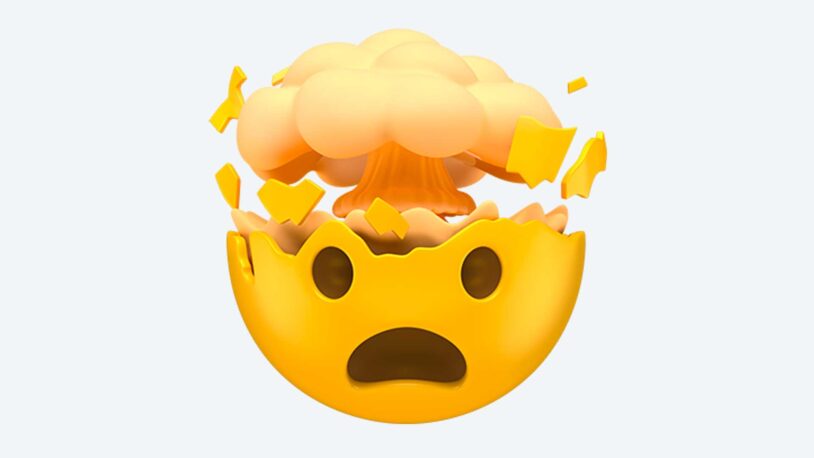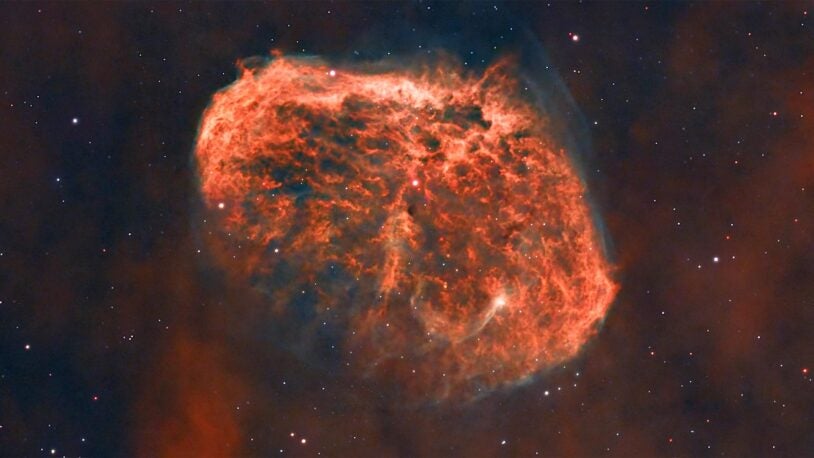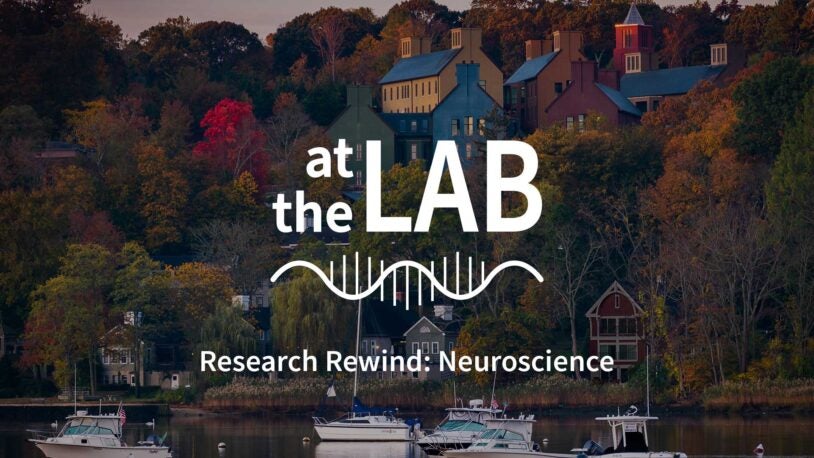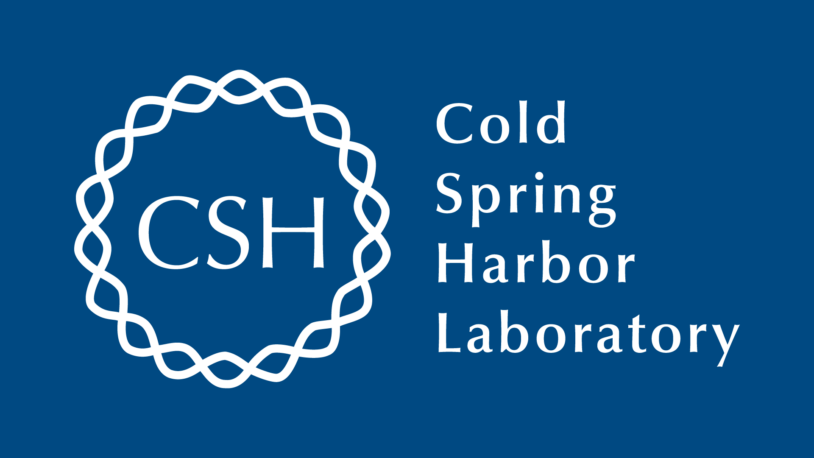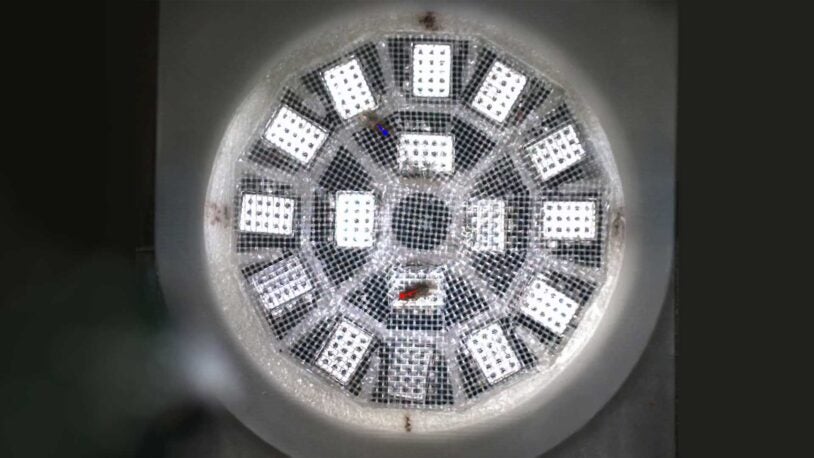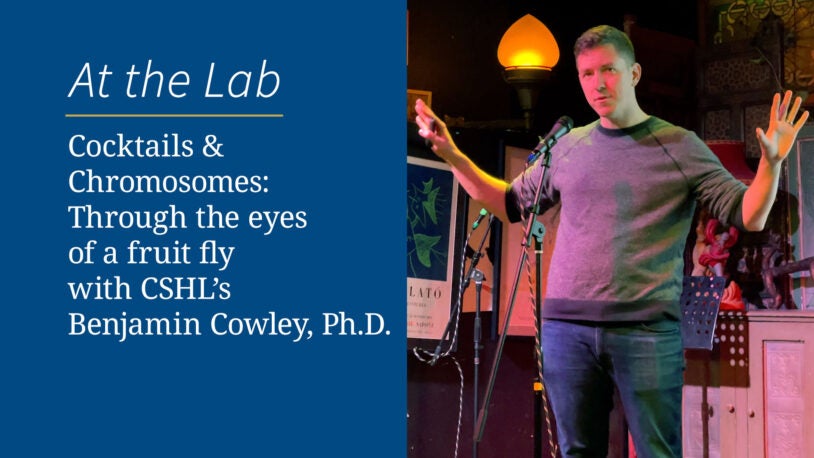
How do we identify and describe the step-by-step computations of the brain? The Cowley group identifies data-driven models of neural responses and behavior by coupling data collection with model training during closed-loop experiments. We condense these models into compact, interpretable forms—allowing us to describe the complicated computations of the brain in a clear and concise way.
The brain is as fascinating as it is complex: When an image lands on the retina, our brain picks out relevant objects and salient details by using its massive network of interconnected neurons. What are the computations lurking within this network?
To understand the brain’s computations, one often seeks a model to capture the step-by-step computations of neurons. For example, a model can take an image as input and output a visual neuron’s response. The most predictive models in computational neuroscience typically have millions of parameters and need large amounts of training data—making it difficult to obtain and interpret such models.
The Cowley research group takes a two-pronged approach to address these problems. First, we design adaptive stimulus selection techniques to efficiently train models (e.g., deep neural networks) with as little recording time as possible. We work hand-in-hand with experimentalists to deploy these systems in closed-loop experiments. Second, we develop machine learning techniques to identify highly-predictive models that have as few parameters as possible. We then analyze these “compact” models to determine the computations necessary and sufficient to explain a neuron’s response. Our approach of identifying highly-predictive, interpretable models will shed light on computations otherwise hidden by the scale and complexities of the brain.
A perception quiz to blow your mind
March 26, 2025
Ready to think differently about how you see, smell, hear, taste, touch, and make sense of the world around you?
The greatest challenge in the universe
March 17, 2025
How does the brain turn sensory information into world-building neural responses? New answers could open the door to AI-powered therapeutics.
At the Lab Season 1 Research Rewind: Neuroscience
October 15, 2024
What do you think? How do you know? And who are you anyway? We probe each of these questions with the help of Cold Spring Harbor’s neuroscientists.
Making headlines
September 11, 2024
Several Cold Spring Harbor Laboratory faculty members received national mainstream media attention in 2024.
At the Lab Episode 15: Fruit flies’ dating lives
July 16, 2024
Can AI help us identify the Don Juan of fruit flies? CSHL’s Benjamin Cowley thinks so. Why would we want to do this? Tune in to find out.
New AI accurately predicts fly behavior
May 22, 2024
CSHL’s Benjamin Cowley trained an artificial intelligence model to predict how real-life fruit flies will act in response to specific visual stimuli.
Cocktails & Chromosomes: Through the eyes of a fruit fly
April 18, 2024
CSHL Assistant Professor Benjamin Cowley takes us inside the mind’s eye, using an AI model of this tiny insect’s brain.
Benjamin Cowley joins CSHL neuroscience faculty
September 27, 2022
The Cowley group creates computer models to study how the brain processes information gathered by the senses.
All Publications
Mapping model units to visual neurons reveals population code for social behaviour
22 May 2024 | Nature
Cowley, Benjamin; Calhoun, Adam; Rangarajan, Nivedita; Ireland, Elise; Turner, Maxwell; Pillow, Jonathan; Murthy, Mala;
Compact deep neural network models of visual cortex
23 Nov 2023 | bioRxiv
Cowley, Benjamin; Stan, Patricia; Pillow, Jonathan; Smith, Matthew;
One-to-one mapping between deep network units and real neurons uncovers a visual population code for social behavior
23 Oct 2023 | bioRxiv
Cowley, Benjamin; Calhoun, Adam; Rangarajan, Nivedita; Turner, Maxwell; Pillow, Jonathan; Murthy, Mala;
Bridging neuronal correlations and dimensionality reduction
1 Sep 2021 | Neuron | 109(17):2740-2754.e12
Umakantha, Akash; Morina, Rudina; Cowley, Benjamin; Snyder, Adam; Smith, Matthew; Yu, Byron;
Slow Drift of Neural Activity as a Signature of Impulsivity in Macaque Visual and Prefrontal Cortex
11 Nov 2020 | Neuron | 108(3):551-567.e8
Cowley, Benjamin; Snyder, Adam; Acar, Katerina; Williamson, Ryan; Yu, Byron; Smith, Matthew;
Scaling Properties of Dimensionality Reduction for Neural Populations and Network Models
Dec 2016 | PLoS Computational Biology | 12(12):e1005141
Williamson, Ryan; Cowley, Benjamin; Litwin-Kumar, Ashok; Doiron, Brent; Kohn, Adam; Smith, Matthew; Yu, Byron; Pillow, Jonathan;
Stimulus-Driven Population Activity Patterns in Macaque Primary Visual Cortex
Dec 2016 | PLoS Computational Biology | 12(12):e1005185
Cowley, Benjamin; Smith, Matthew; Kohn, Adam; Yu, Byron; Stevenson, Ian;
DataHigh: Graphical user interface for visualizing and interacting with high-dimensional neural activity
Dec 2013 | Journal of Neural Engineering | 10(6)
Cowley, B; Kaufman, M; Butler, Z; Churchland, M; Ryu, S; Shenoy, K; Yu, B;
